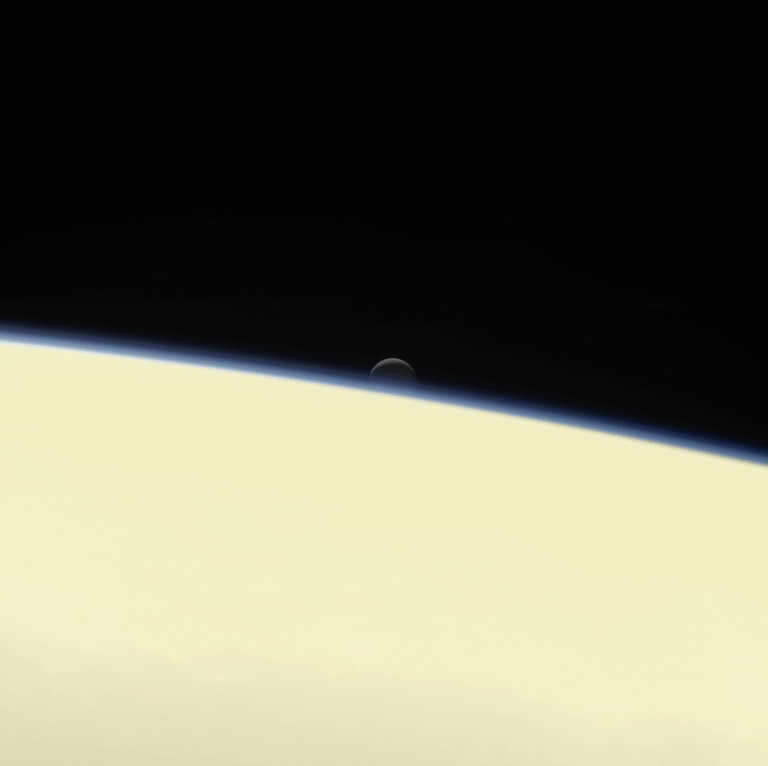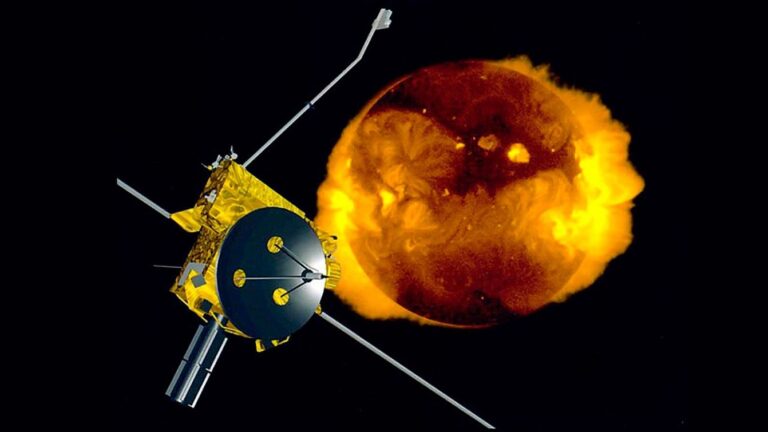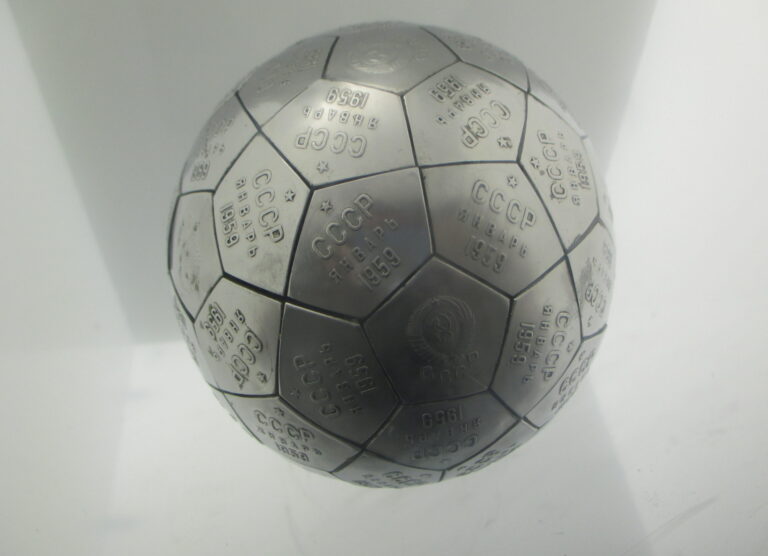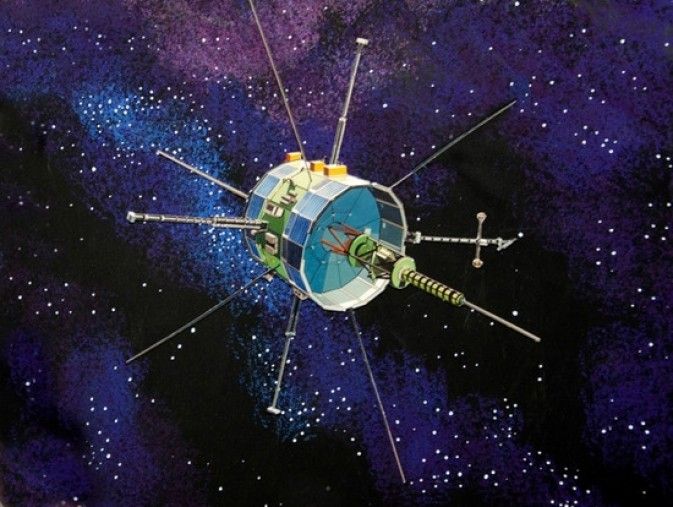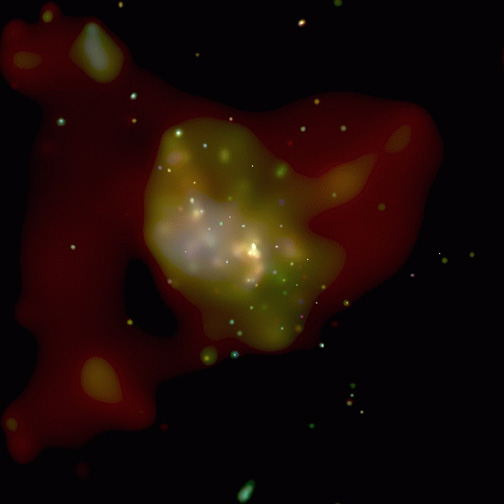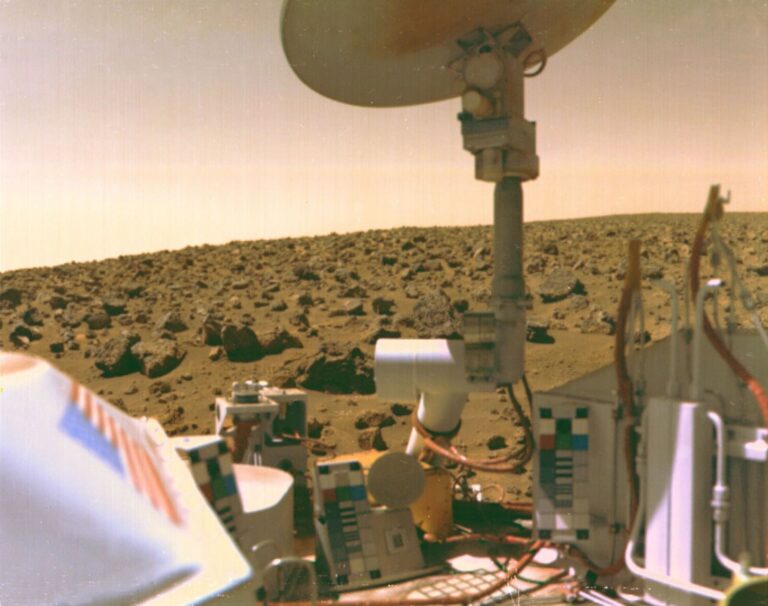Key Takeaways:
The dust contained an appreciable fraction of iron, some of it in the form of magnetite. Indeed, millimeter-sized grains of magnetic materials have been found in meteorites, indicating their presence in the early solar system.
This leads scientists to believe that magnetic fields threading through the protoplanetary disk could have played an important role in moving material around as it started to clump together to form larger bodies.
But it remains unclear as to how crucial magnetic fields were later on in this accretion process as the building blocks grew to centimeters, meters, and then tens of meters across before gravity started to dominate when they grew to hundreds of meters and kilometers in scale.
Some theories concerning the aggregation of magnetic and non-magnetic dust particles show that the resulting bigger objects could also remain magnetized, allowing them to also be influenced by the magnetic fields of the proto-planetary disk.
Because comets contain some of the most pristine materials in the solar system, they offer a natural laboratory for investigating whether or not these larger chunks could have remained magnetized.
However, detecting the magnetic field of comets has proven difficult in previous missions, which have typically made rapid flybys relatively far from comet nuclei.
It has taken the proximity of the European Space Agency’s (ESA) Rosetta orbiter to Comet 67P/Churyumov-Gerasimenko and the measurements made much closer to and at the surface by its lander Philae to provide the first detailed investigation of the magnetic properties of a comet nucleus.
Philae’s magnetic field measuring instrument is the Rosetta Lander Magnetometer and Plasma Monitor (ROMAP), while Rosetta carries a magnetometer as part of the Rosetta Plasma Consortium suite of sensors (RPC-MAG).
Changes in the magnetic field surrounding Rosetta allowed RPC-MAG to detect the moment when Philae was deployed in the morning of November 12, 2014.
Then, by sensing periodic variations in the measured external magnetic field and motions in its boom arm, ROMAP was able to detect the touchdown events and determine the orientation of Philae over the following hours. Combined with information from the CONSERT experiment that provided an estimate of the final landing site location, timing information, images from Rosetta’s OSIRIS camera, assumptions about the gravity of the comet, and measurements of its shape, it was possible to determine Philae’s trajectory.
The mission teams soon discovered that Philae not only touched down once at Agilkia, but also came into contact with the comet’s surface four times in fact, including a grazing collision with a surface feature that sent it tumbling toward the final touchdown point at Abydos.
This complex trajectory turned out to be scientifically beneficial to the ROMAP team.
“The unplanned flight across the surface actually meant we could collect precise magnetic field measurements with Philae at the four points we made contact with and at a range of heights above the surface,” said Hans-Ulrich Auster from Braunschweig University of Technology in Germany.
The multiple descents and ascents meant that the team could compare measurements made on the inward and outward journeys to and from each contact point and as it flew across the surface.
ROMAP measured a magnetic field during these sequences but found that its strength did not depend on the height or location of Philae above the surface. This is not consistent with the nucleus itself being responsible for that field.
“If the surface was magnetized, we would have expected to see a clear increase in the magnetic field readings as we got closer and closer to the surface,” said Hans-Ulrich. “But this was not the case at any of the locations we visited, so we conclude that Comet 67P/Churyumov-Gerasimenko is a remarkably non-magnetic object.”
Instead, the magnetic field that was measured was consistent with an external one, namely the influence of the solar wind interplanetary magnetic field near the comet nucleus. This conclusion is confirmed by the fact that variations in the field that were measured by Philae closely agree with those seen at the same time by Rosetta.
“During Philae’s landing, Rosetta was about 17 kilometers [11 miles] above the surface, and we could provide complementary magnetic field readings that rule out any local magnetic anomalies in the comet’s surface materials,” said Karl-Heinz Glassmeier from Braunschweig University of Technology.
If large chunks of material on the surface of 67P/Churyumov-Gerasimenko were magnetized, ROMAP would have recorded additional variations in its signal as Philae flew over them.
“If any material is magnetized, it must be on a scale of less than 1 meter, below the spatial resolution of our measurements. And if Comet 67P/Churyumov-Gerasimenko is representative of all cometary nuclei, then we suggest that magnetic forces are unlikely to have played a role in the accumulation of planetary building blocks greater than one meter in size,” concluded Hans-Ulrich.
“It’s great to see the complementary nature of Rosetta’s and Philae’s measurements working together to answer this simple but important ‘yes-no’ question as to whether the comet is magnetized,” said Matt Taylor from ESA.


